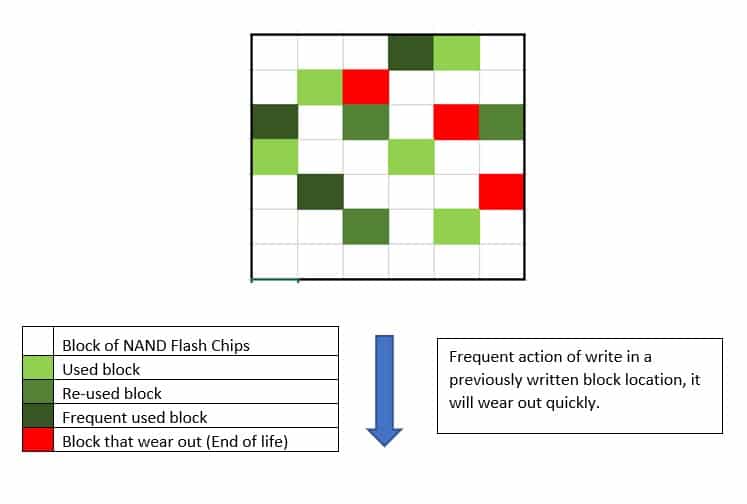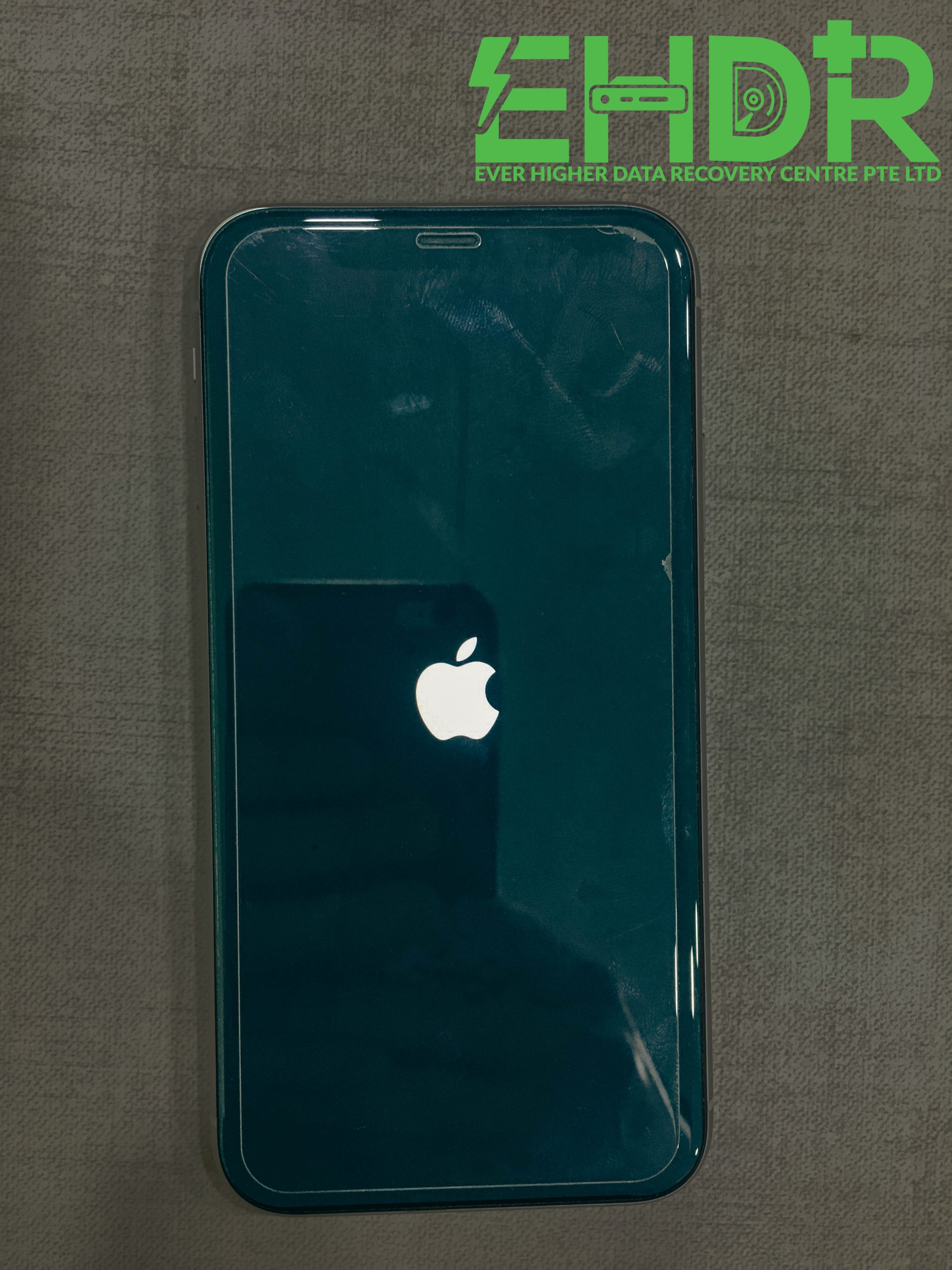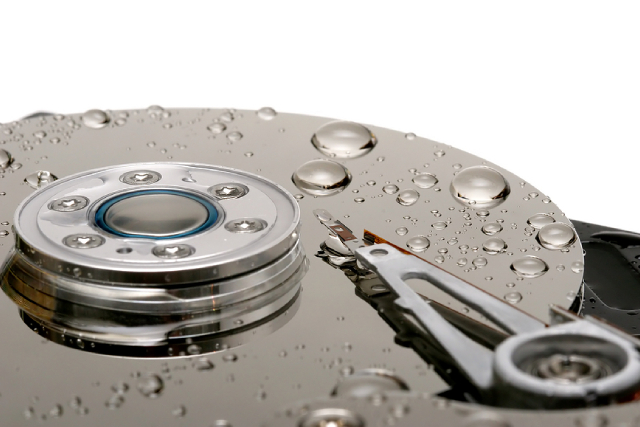Wear Levelling – How it helps your SSD help you
The fact that an average Solid-State Drive (SSD) can last for around a decade of practical use is often unbeknownst to many. Often, this feat can be quite astonishing, as fellow components such as the Central Processing Unit (CPU) only has an aggregate 3-4 years of practical lifespan. How exactly does an SSD live to its full potential? EHDR wishes to share one of these intuitive “Did you know” facts with you today.
What is Wear levelling?
In lay man terms, Wear Levelling is defined as a process in which the end goal is to prolong the life of a Solid-State Drive (SSD). Various components in the SSD are all interlinked, aiding each other in successfully executing this process.
For instance, all data (e.g. Pictures, Videos, etc) are stored in Microchips. Each and every block of NAND Flash Memory can be used for a terminable number of program/erase cycles before becoming unstable for general use (50,000-100,000 cycles for single-level cell NAND Flash). In essence, upon reaching a certain threshold of cycles executed, the Flash cells becomes unreliable for practical use.
The process of Wear levelling makes use of the Flash Controller which utilizes a Wear Levelling algorithm or operation to distribute data evenly among all the blocks. This way, erasures and rewrites reduce strain on any specific block, protracting the lifespan of an SSD to its maximum capability. We can further break down this process down into two groups: Dynamic vs. Static Wear Levelling. EHDR will discuss about these two groups in our next blog.
EHDR, We Left No Data Behind.







